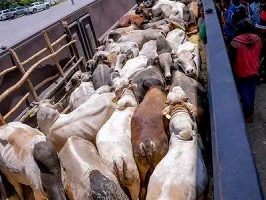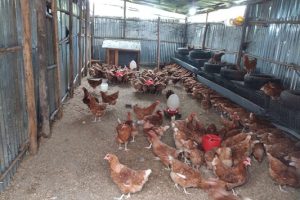
No doubt that oxygen is the most important commodity keeping us alive by providing our body cells what they need for energy and growth. Oxygen, which the trees releases when they use energy from sunlight to make glucose from carbon dioxide and water, has remained to be thus a priceless commodity for our existence.
Besides providing us with fresh air, trees have countless benefits. They improve the air quality, produce food, conserve water, preserve soil and support wildlife. They deflect the excessive sunlight; reduce the heating effect caused by technology, And they’re aesthetically pleasing, adding value to our streets, parks, playgrounds and backyards. And so on the list can go endless.
Ethiopia has potentially been a country blessed with diversified natural resources including some that are endemic to it and found nowhere else in the world. In the late 19th century, about 30 per cent of its landscape was covered by forest, all in all by indigenous trees.
Clearing of land for agricultural use and cutting of trees for fuel and meeting the needs of ever expanding urbanization has gradually changed the scenery, and today forest areas have dwindled to less than four percent of nation’s total land.
With such a marked environmental changes, the nation has continued to suffer from the negative impacts of climate change especially in drought effects though the country’s contribution to global warming has always been none.
Understanding the seriousness of the problem, the government of Ethiopia has taken various fundamental measures to reverse the negative effects. Above all it has come up with a Climate Resilient Green Economic (CRGE) plan, with a vision of achieving a middle-income status by 2025.
As set forth in the Growth and Transformation Plan (GTP), reaching this goal will require boosting agricultural productivity, strengthening the industrial base, and fostering export growth. Ethiopia’s ambition to become a “green economy front-runner” is an expression of its potential for and belief in a sustainable model of growth.
Planting trees will not solve all the world’s pollution and climate issues, but it is something tangible that Ethiopia can make a big difference through afforestation. As a result, the world has acknowledged the notable achievements the country has recorded over the past years.
After Abiy Ahmed took power as a prime minister, the nation has continued to give prior attention to tree plantations. The premier has recently launched a project of planting four billion trees which is equivalent to 40 per a person across the country to fight deforestation.
The ambitious campaign is an effort to improve life both in the rural lands and cities. As the premier pointed out while planting the first seedlings in the campaign, the trees would help to “transform our degraded environments for healthy lives and functional ecosystems.”
The campaign would help to cover 1 million hectares of land with forest as per the plan of the Second Growth and Transformation Plan (GTP II). Some three billion seedlings are currently being generated in government nurseries while the remaining being developed in private nurseries.
As part of the national greening program, the premier was joined by members of the diplomatic community and heads of international organizations in planting seedlings. The event was a testimony to Ethiopia’s extended efforts to hit the CRGE plan. Indeed, the donors have always been on its side providing support for the ultimate change to come.
We hope that the international community would further strengthen its supports. In this regard, the contribution of the diplomatic community is immense and worth appreciating.
The Ethiopian Herald, May 30/2019





